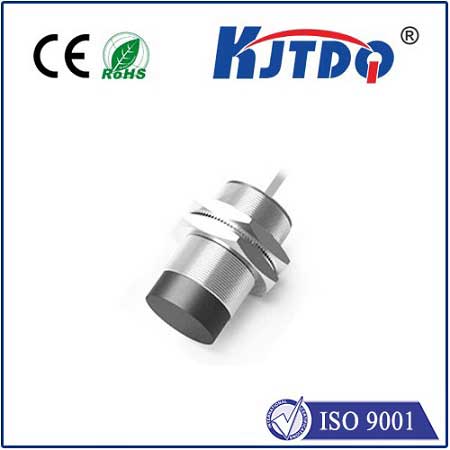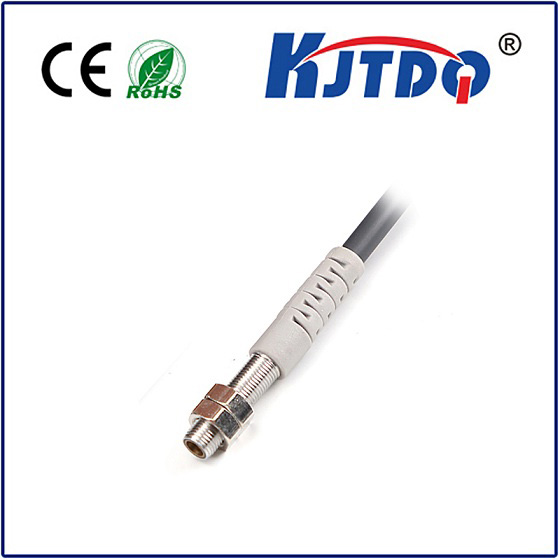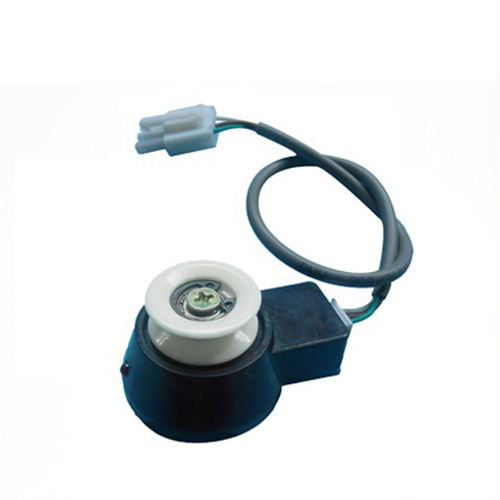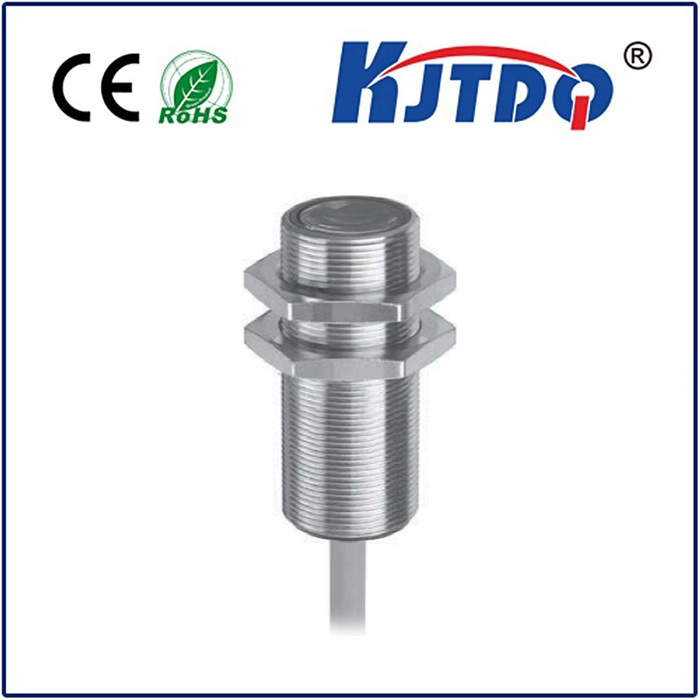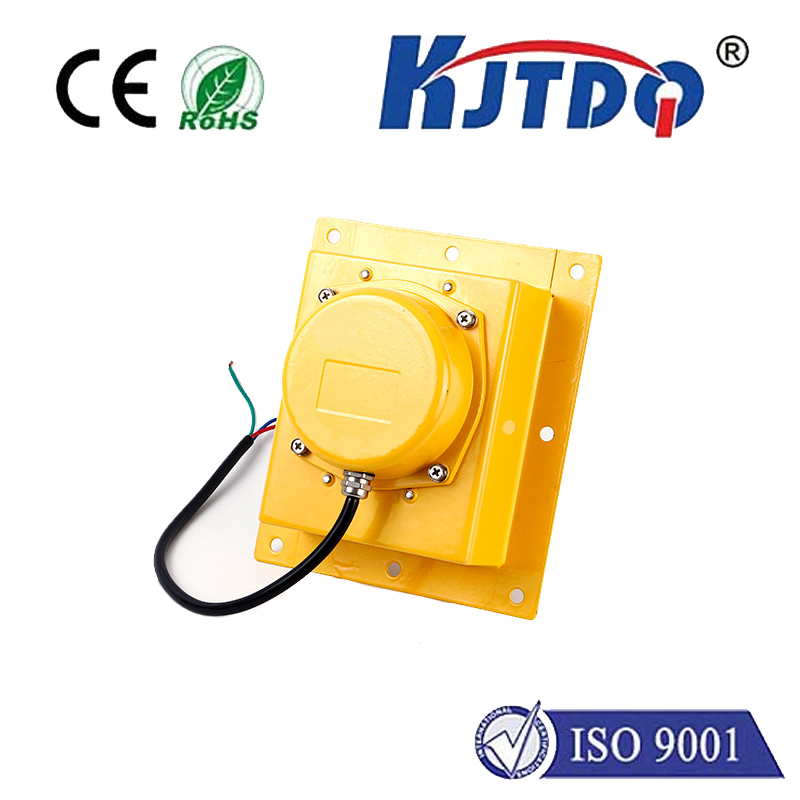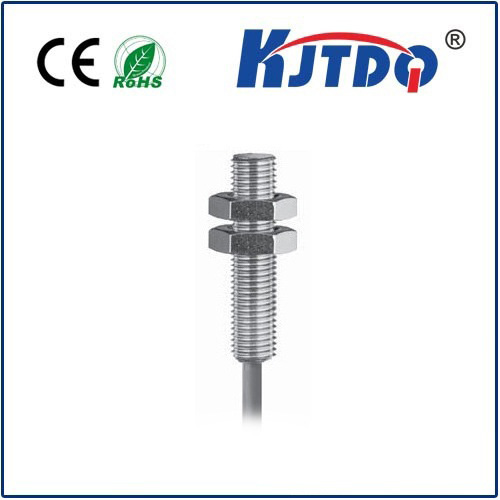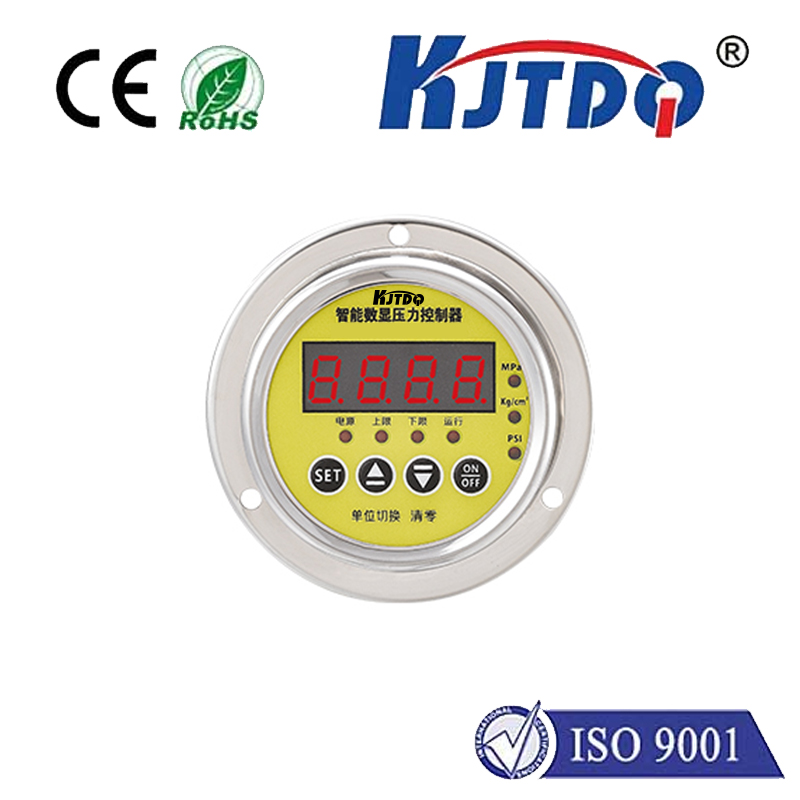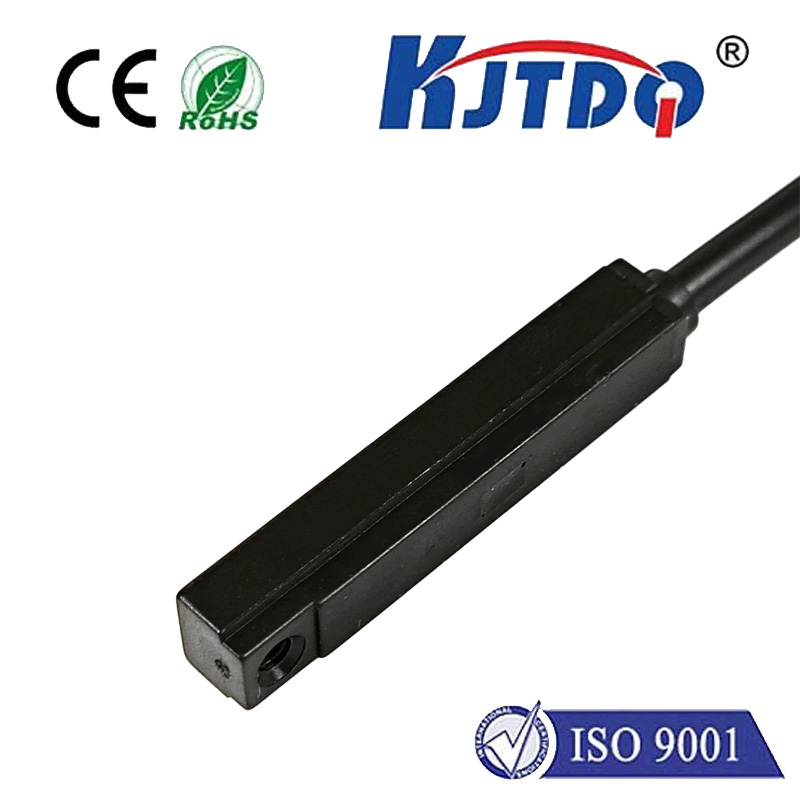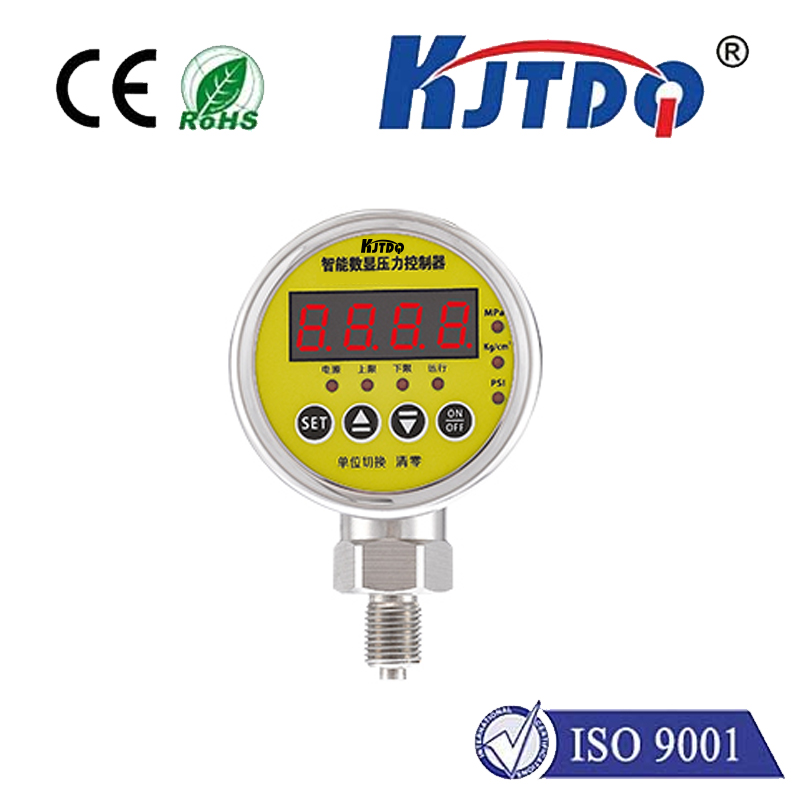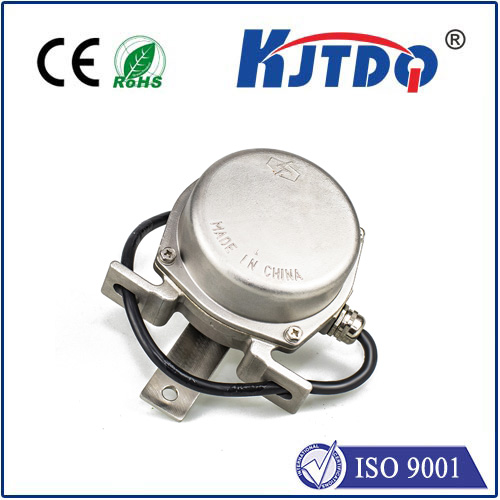Датчик приближения лифта
- time:2025-06-18 00:09:09
- Нажмите:0
Elevator Proximity Sensors: The Unseen Guardians of Smooth and Safe Vertical Transit
That seemingly magical moment when elevator doors glide open just as you approach, or stay safely closed when something blocks their path, isn’t magic at all. It’s the precise, silent work of elevator proximity sensors. These unsung heroes are fundamental to the modern elevator experience, ensuring not just convenience but paramount passenger safety and operational efficiency. Understanding their role reveals how they’ve transformed vertical transportation from a functional necessity into a seamless part of our daily infrastructure.
Beyond Buttons: The Core Function of Elevator Proximity Sensors
At their essence, elevator proximity sensors are sophisticated devices designed to detect the presence or absence of objects near the elevator doors without physical contact. This non-contact detection is crucial. Early elevator systems relied heavily on physical safety edges or simple timing mechanisms, which were less reliable and could lead to unwanted door closures or openings. Proximity sensors revolutionized this by providing:
- Enhanced Passenger Safety: This is the absolute priority. Sensors prevent the elevator doors from closing on people, pets, luggage, or any object protruding into the doorway path. They act as a vital secondary safety layer beyond the mechanical safety edge.
- Improved Traffic Flow and Efficiency: By reliably detecting someone approaching the elevator from the landing side, sensors can signal the doors to reopen or delay closing, eliminating frustrating “door-close” button mashing and speeding up boarding times in busy buildings.
- Reduced Door Operation Wear and Tear: Preventing doors from attempting to close on obstructions minimizes stress and potential damage to the door operator mechanism, leading to lower maintenance needs and longer component life.
- Increased Accessibility: Reliable detection ensures doors remain open long enough and respond appropriately for individuals using mobility aids or moving more slowly.
How Do These Invisible Sentinels Work?

Elevator proximity sensors typically employ one of two primary technologies, often used in combination for maximum reliability:
- Infrared (IR) Sensors: These sensors emit an invisible beam of infrared light across the elevator entrance (horizontally or sometimes vertically).
- Reflective Type: A single unit emits IR light and has a receiver. When the beam is reflected back by an object (like a person) within its detection zone, the receiver detects the reflection, signaling presence. Crucially, these are often tuned to ignore static reflections from walls or floor patterns.
- Through-Beam Type: Involves two units – a transmitter on one side of the doorway and a receiver on the opposite side. Detection occurs when an object breaks the continuous beam of light between them. While highly reliable, installation can be more complex.
- IR sensors are widely used, cost-effective, and excellent for detecting solid objects. However, they can sometimes be affected by strong ambient light or very dark, non-reflective clothing.
- Ultrasonic Sensors: These sensors emit high-frequency sound waves (inaudible to humans) and listen for the echo.
- When sound waves hit an object near the doorway, they bounce back to the sensor.
- The sensor calculates the time taken for the echo to return, determining the distance to the object. If an object is within the pre-set detection zone, the sensor signals its presence.
- Ultrasonic sensors excel at detecting a wide range of objects, regardless of material, color, or transparency (like glass doors). They are less affected by lighting conditions but can sometimes be influenced by air currents or soft, sound-absorbing materials.
- Capacitive Sensors (Less Common for Passenger Detection): Primarily used for very short-range detection, often as part of a safety edge system to sense soft contact or trapped objects after the door has started closing. They detect changes in an electrical field caused by conductive objects.
Integration and Sophistication: More Than Just Detection
Modern elevator proximity sensors are integrated into the elevator’s control system. Their signals trigger specific actions:
- Reopening Doors: If a sensor detects an object while the doors are closing, it sends a signal to the controller to reverse the door motion and reopen.
- Delaying Door Closure: If a sensor detects someone approaching the elevator doors on the landing before they start closing, it can signal the controller to extend the dwell time (the period the doors remain fully open).
- Safety Edge Confirmation: Working in tandem with the physical safety edge (a rubber strip with a pressure-sensitive switch), the proximity sensor provides an additional, faster layer of non-contact obstruction detection.
Key Considerations for Optimal Performance
For elevator proximity sensors to perform their critical role effectively, several factors are vital:
- Precise Calibration: Sensors must be carefully calibrated during installation to define the exact detection zone. This ensures they detect relevant obstructions without being triggered by irrelevant movement or reflections beyond the doorway area (known as nuisance tripping).
- Regular Maintenance and Inspection: Like all elevator components, sensors require periodic checking. Dirt, dust, or physical misalignment can impair their performance. Technicians verify detection range and responsiveness during routine service.
- Robust Design: Sensors must withstand the demanding environment of elevator shafts and lobbies – vibrations, temperature fluctuations, humidity, and potential exposure to cleaning agents. High IP (Ingress Protection) ratings are essential to prevent dust and moisture ingress.
- Compliance with Standards: Sensor design and function must adhere to stringent international and regional safety standards, such as EN 81-20⁄50 in Europe and similar regulations globally, which mandate specific performance criteria for door protection devices.
The Future of Detection: Smarter Sensing on the Horizon?
As elevator technology advances towards greater intelligence and predictive maintenance, proximity sensors are evolving too. We can anticipate:
- Sensor Fusion: Combining data from different sensor types (e.g., IR and ultrasonic) to create more robust and reliable detection systems, minimizing false positives and negatives.
- Advanced Signal Processing: Using smarter algorithms to better distinguish between actual obstructions and environmental noise or irrelevant reflections.
- Integration with IoT: Sensor health and performance data could be continuously monitored and transmitted, enabling predictive maintenance before failures occur and providing valuable operational insights.
Conclusion: Essential for Modern Mobility
Elevator proximity sensors are far more than a convenience feature. They are a fundamental safety component, quietly performing a critical task millions of times a day across the globe. By preventing accidents, enhancing accessibility, and optimizing elevator operation, these sophisticated yet often unnoticed devices play an indispensable role in the smooth, safe, and efficient flow of people within buildings. Their continued development and reliable performance are central to the trust we place in our vertical transportation systems every single day.

